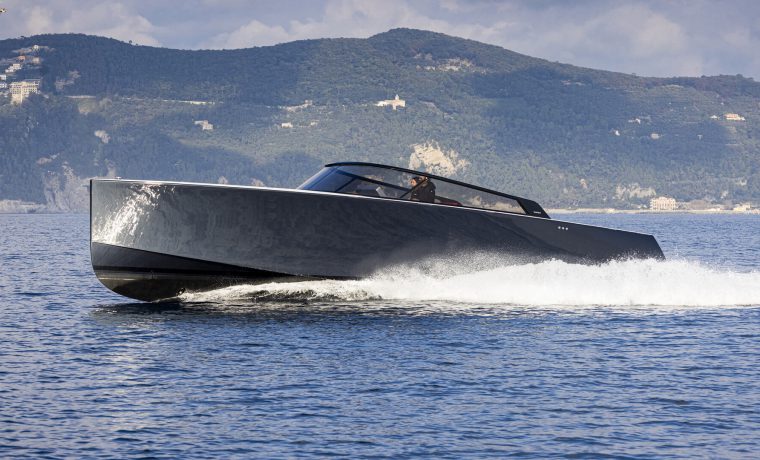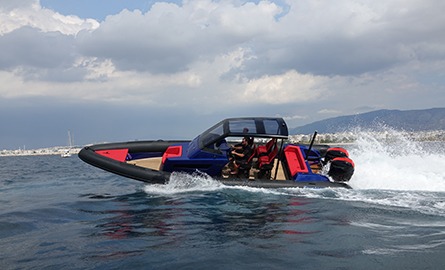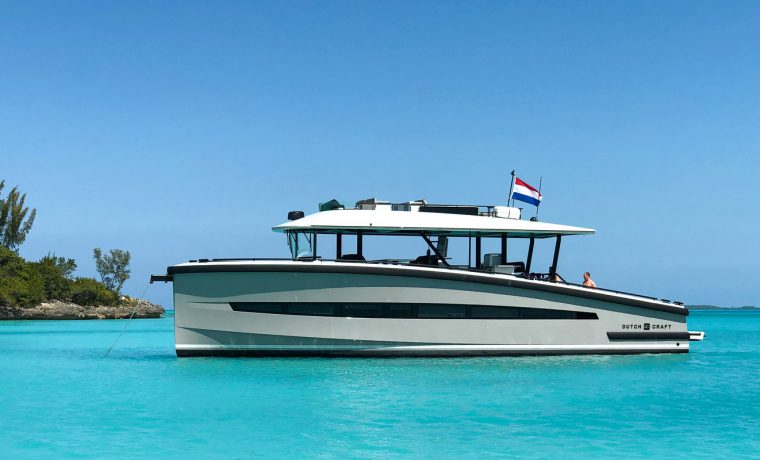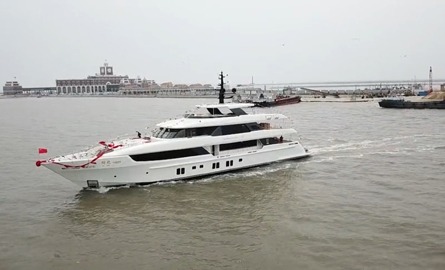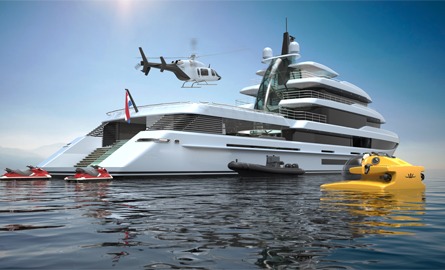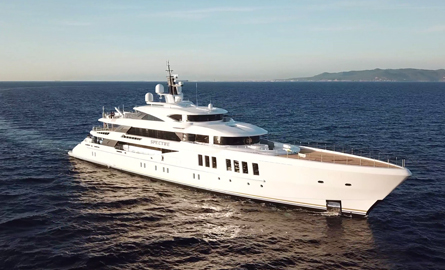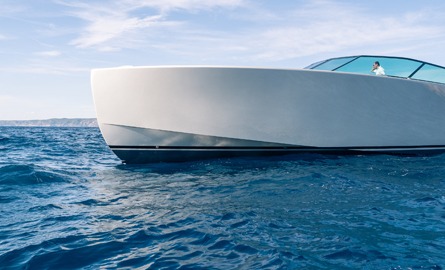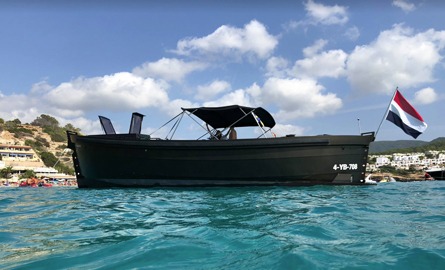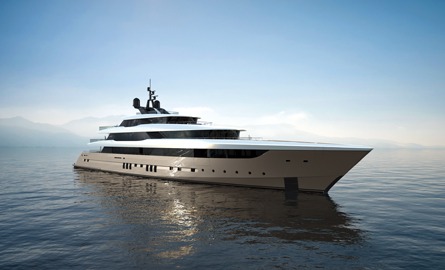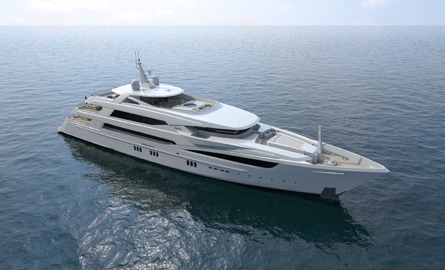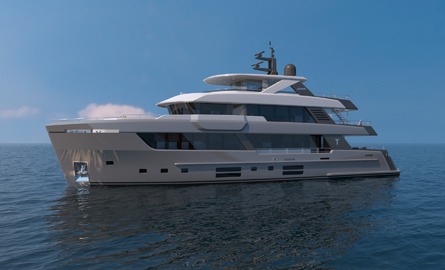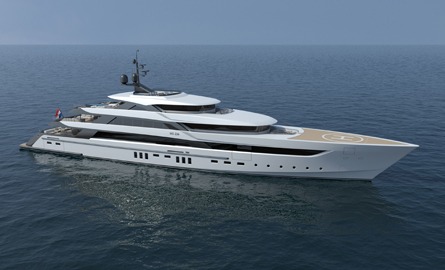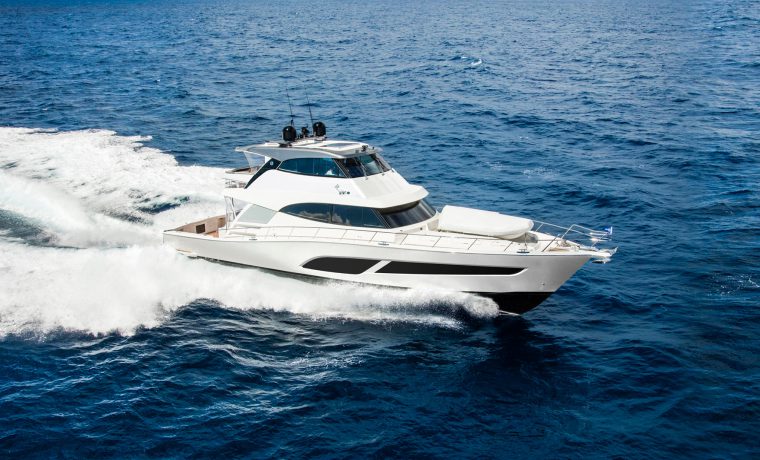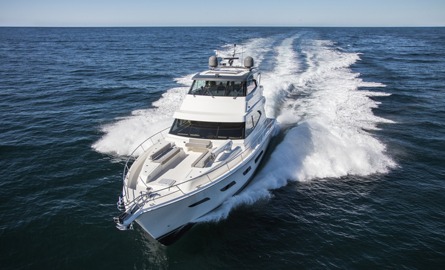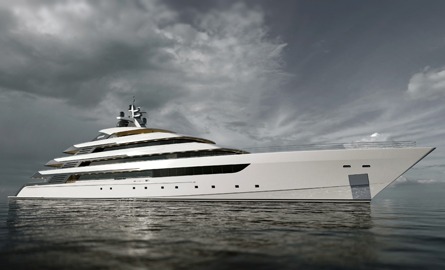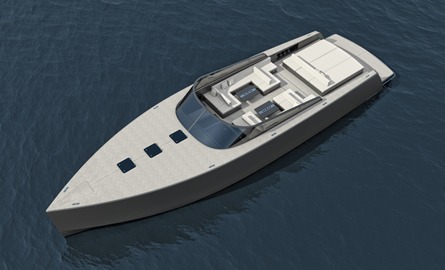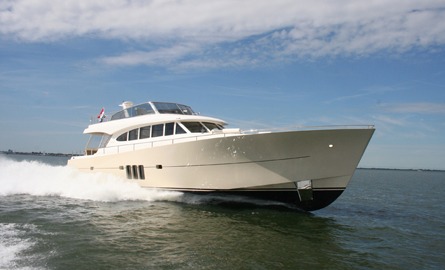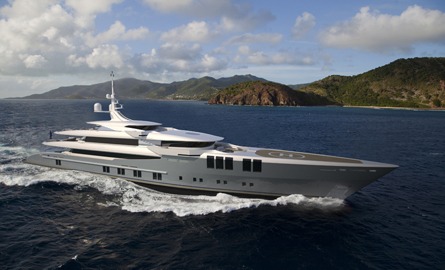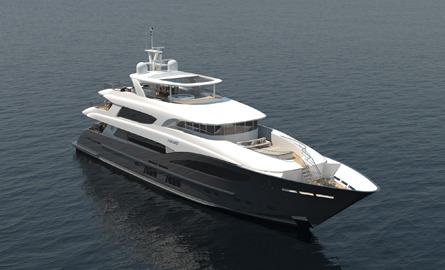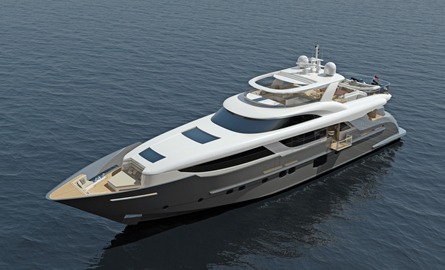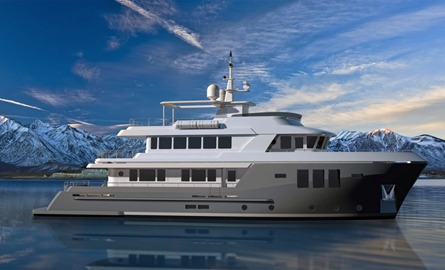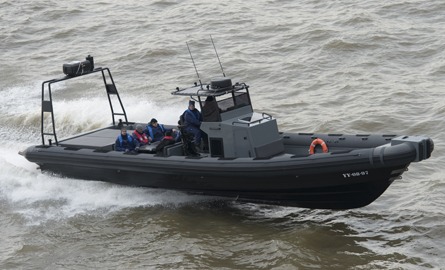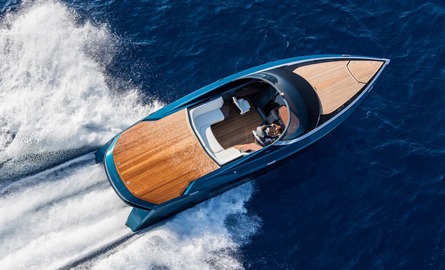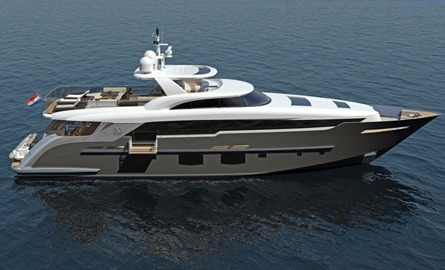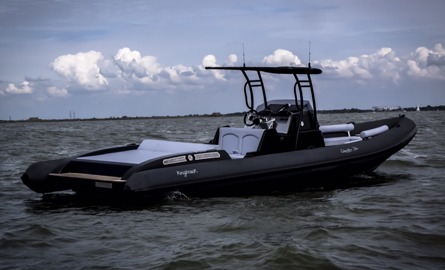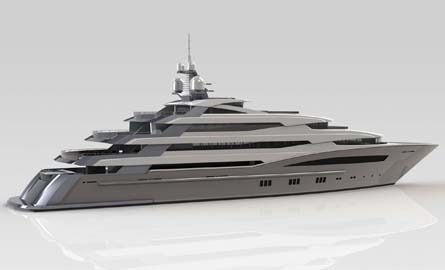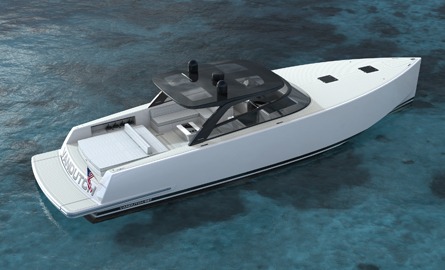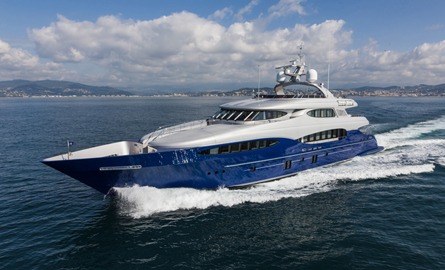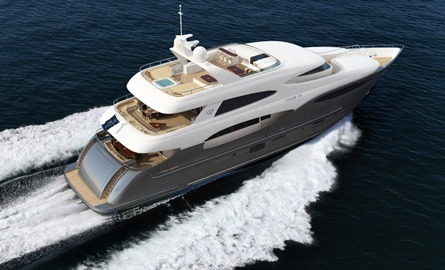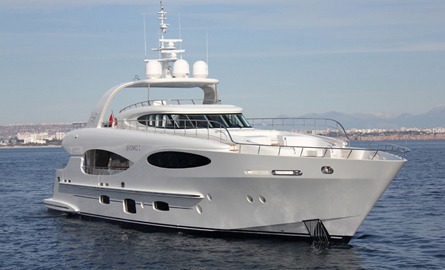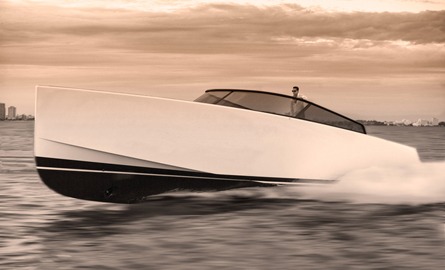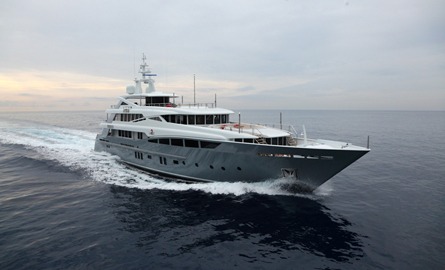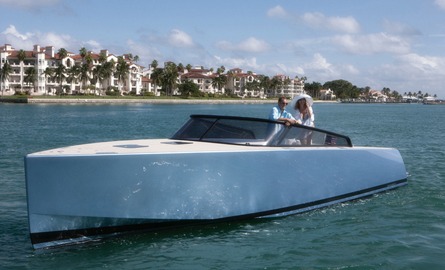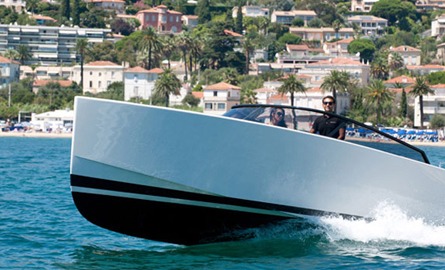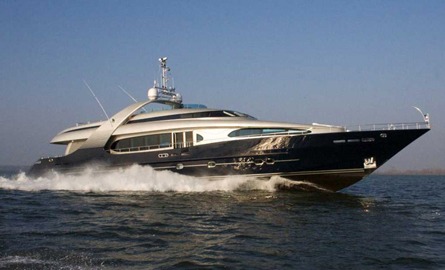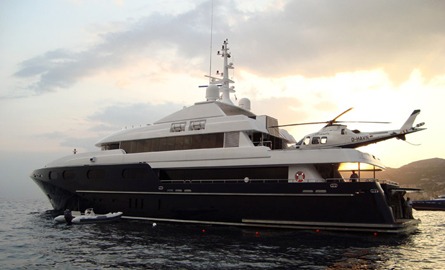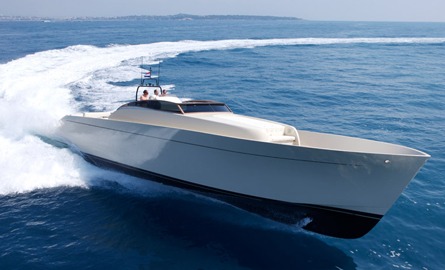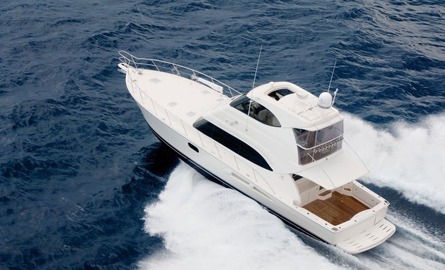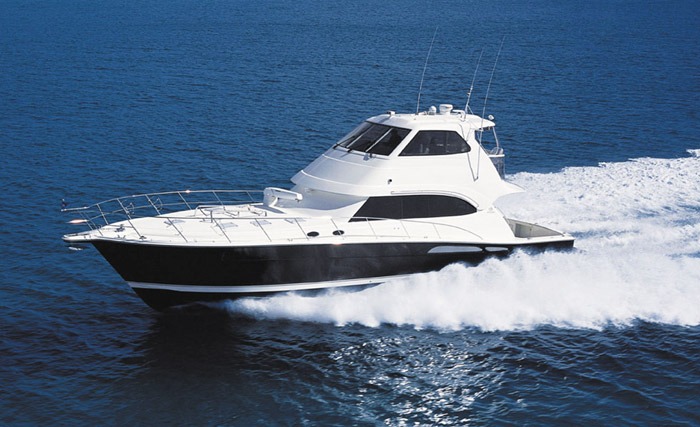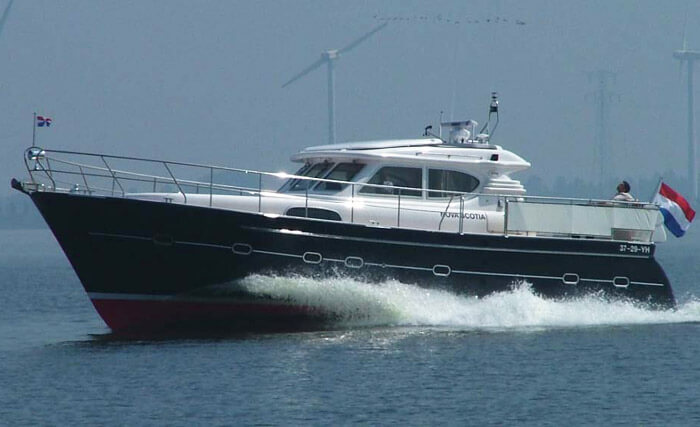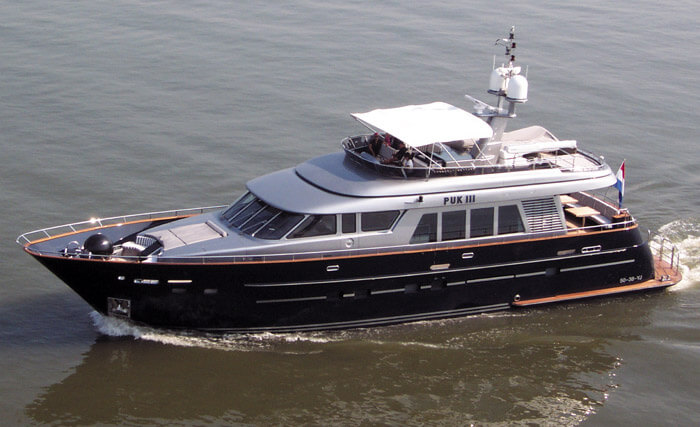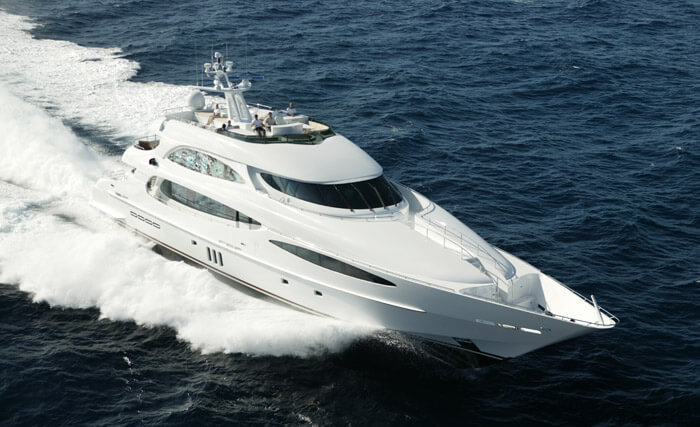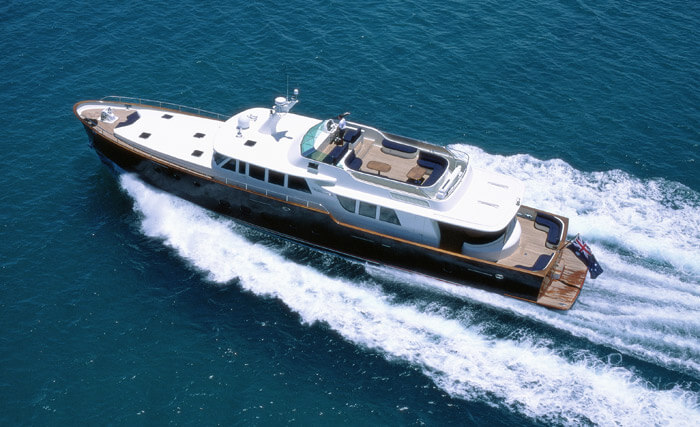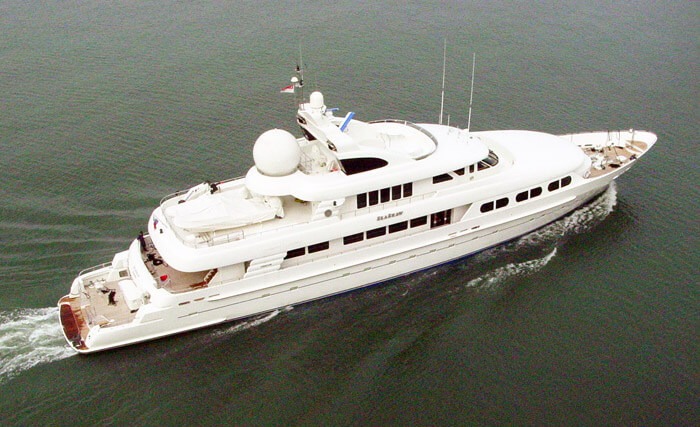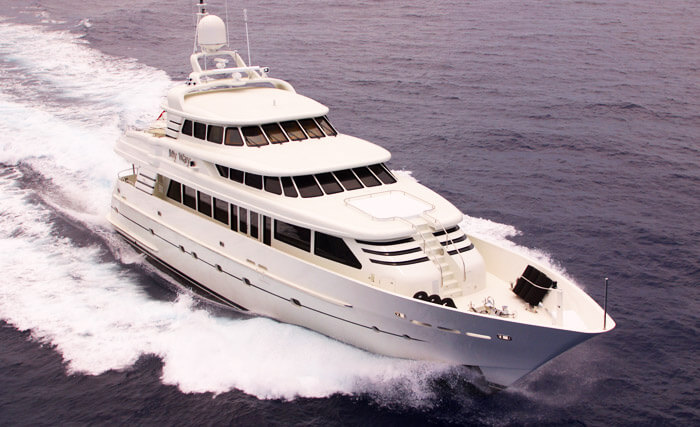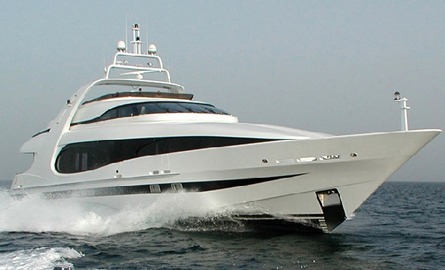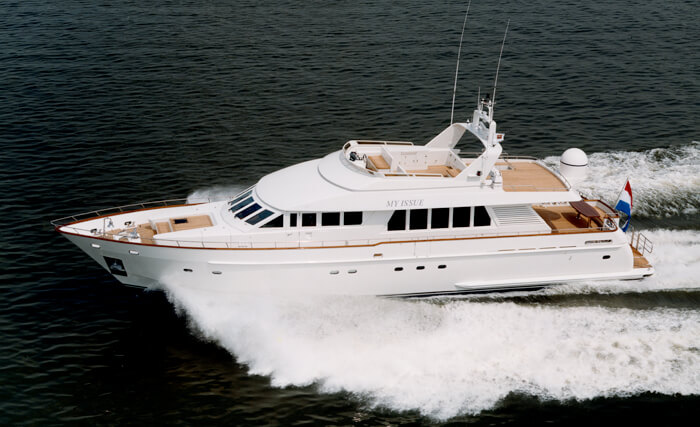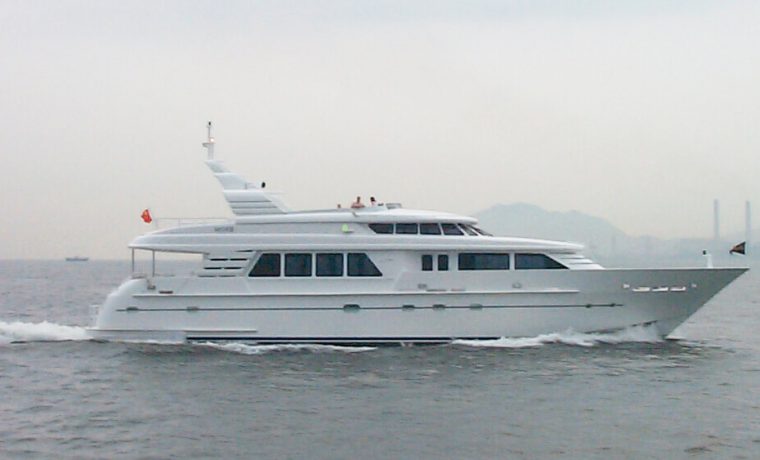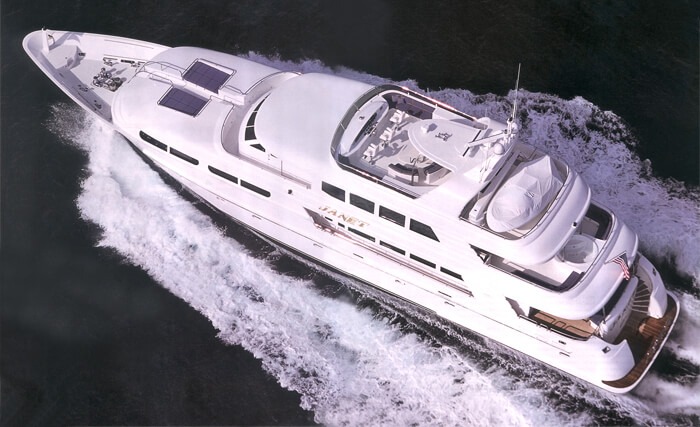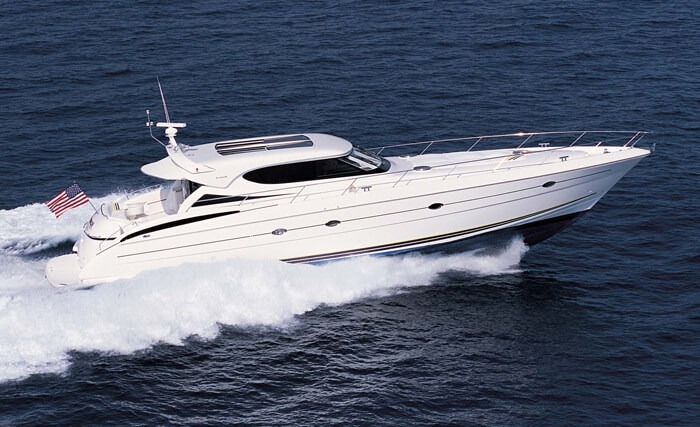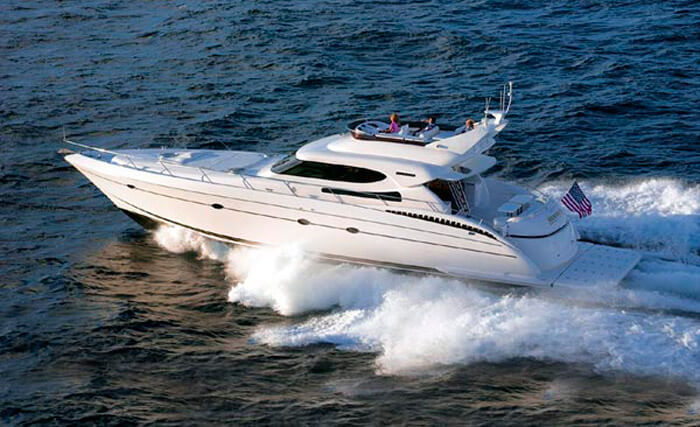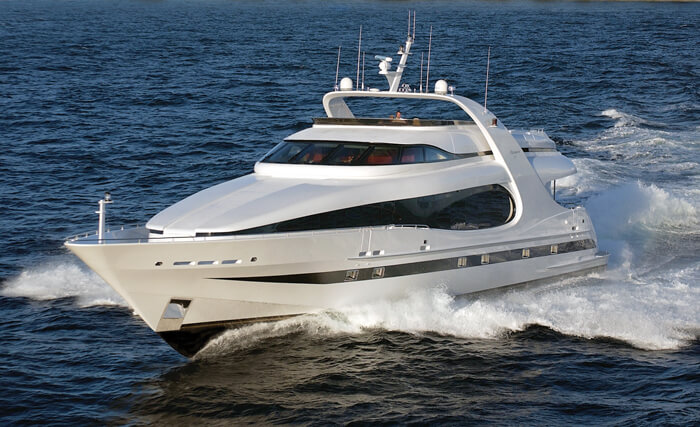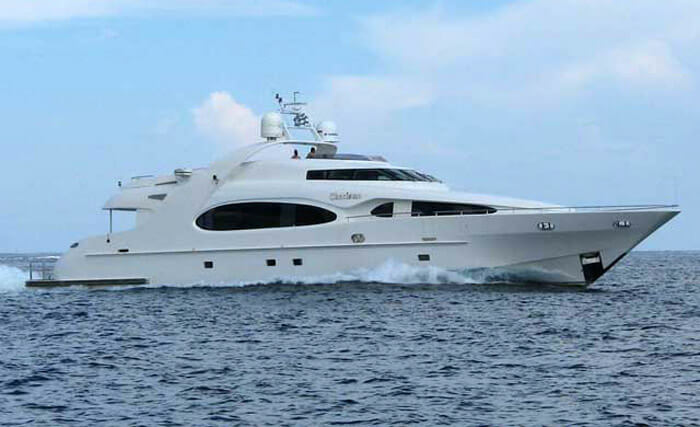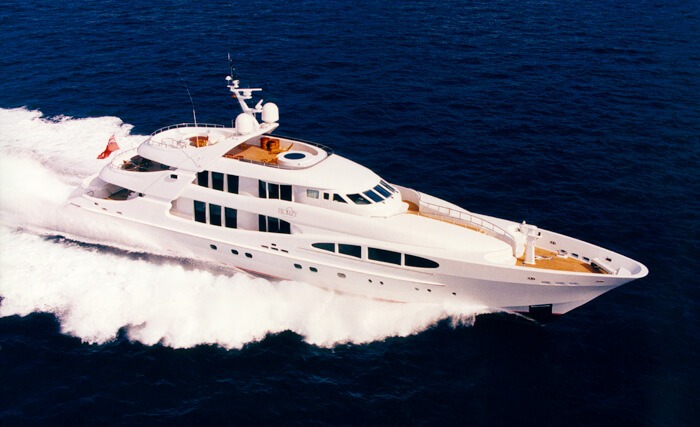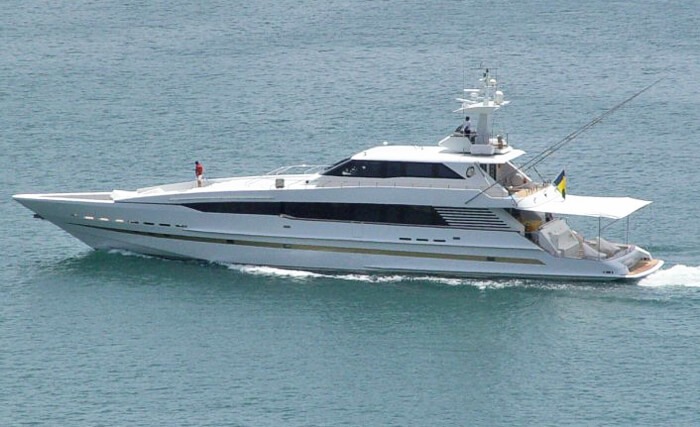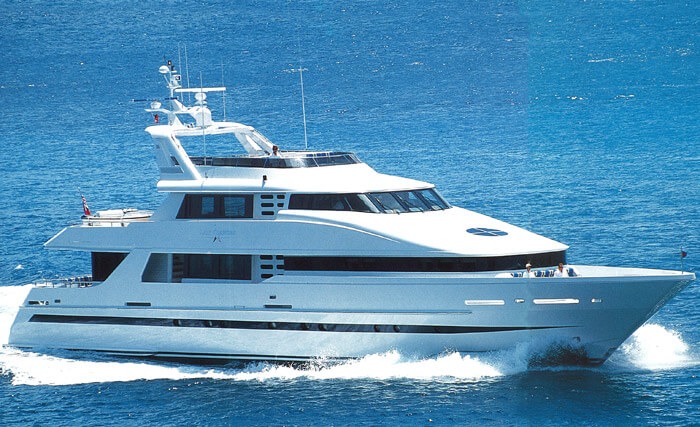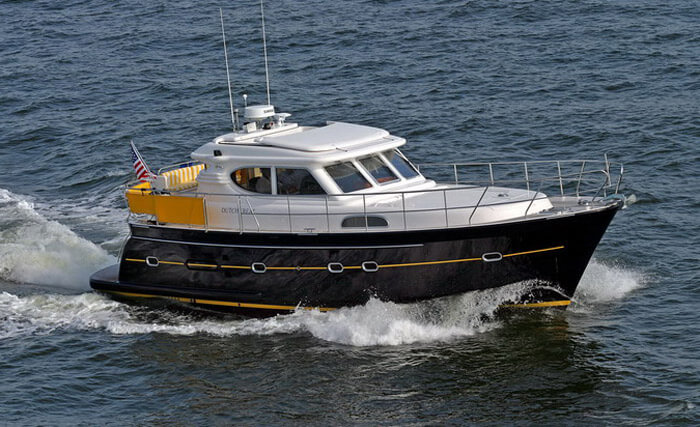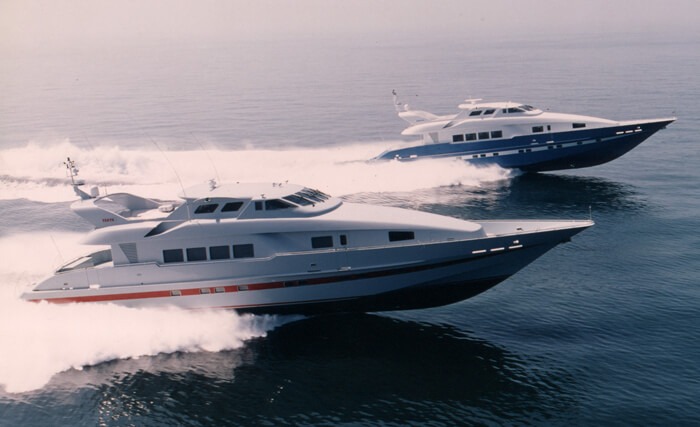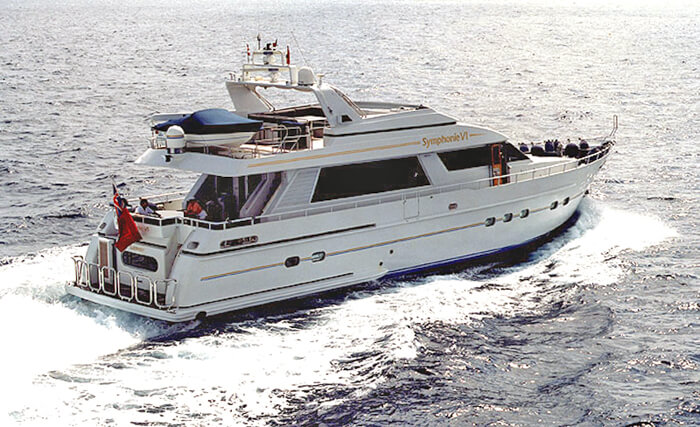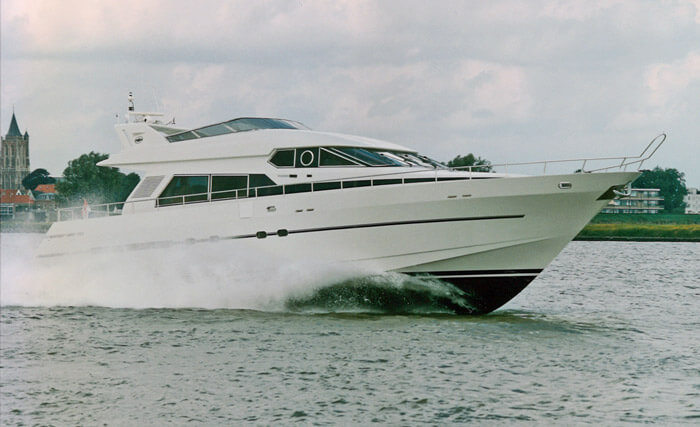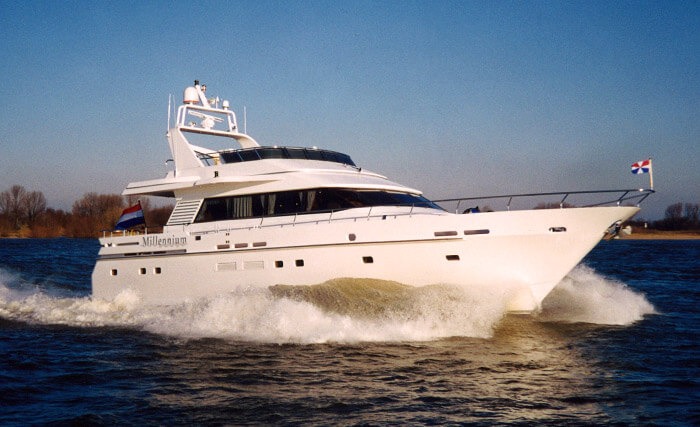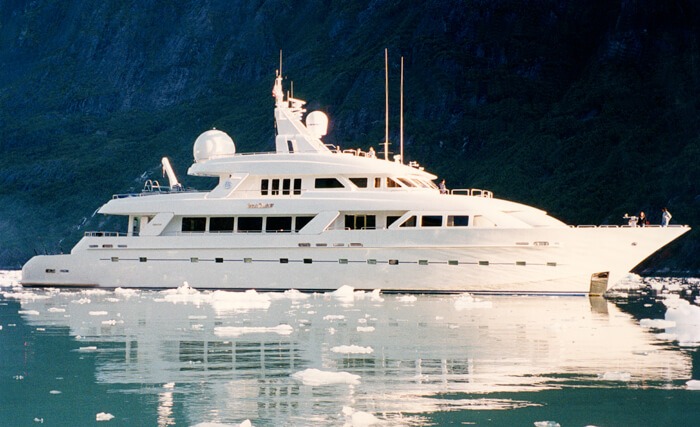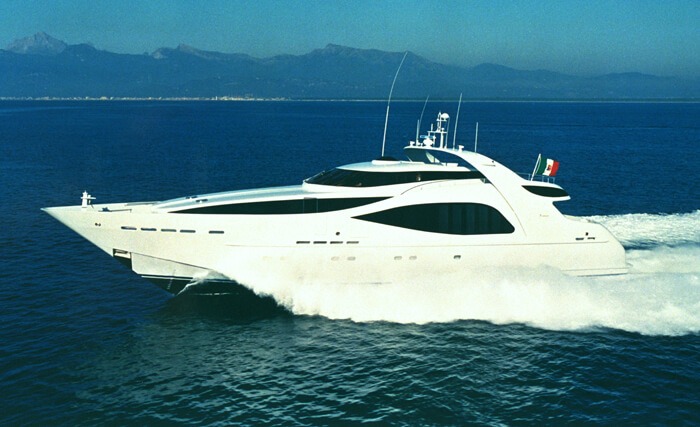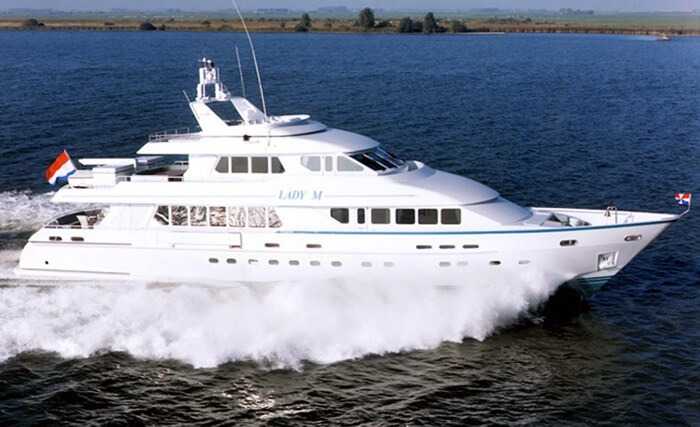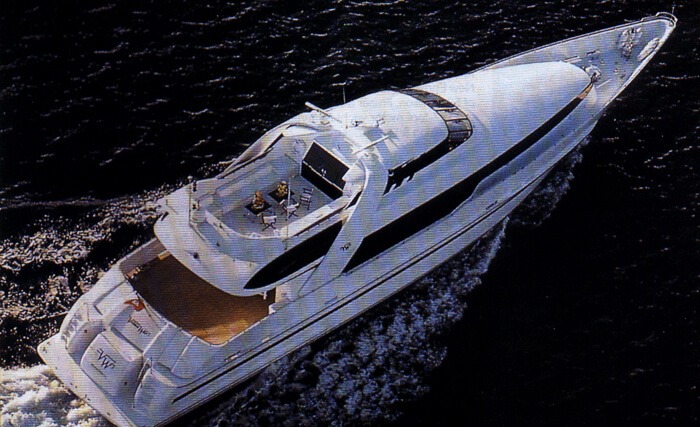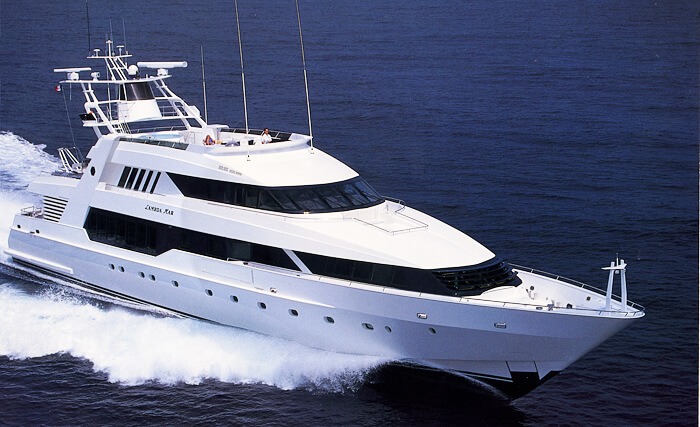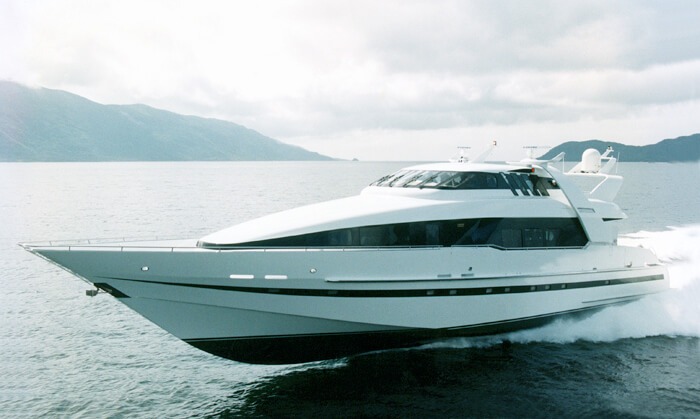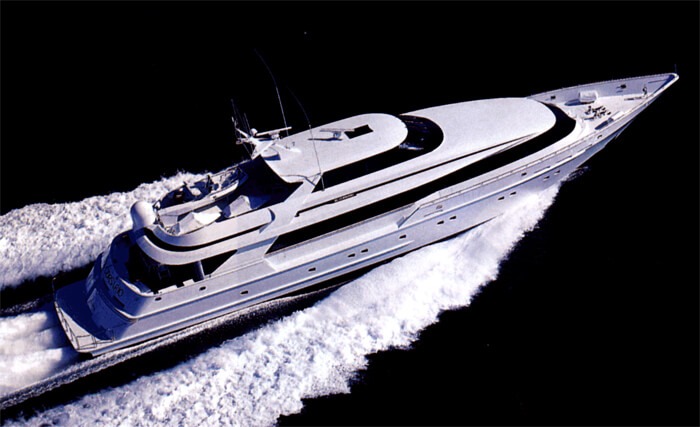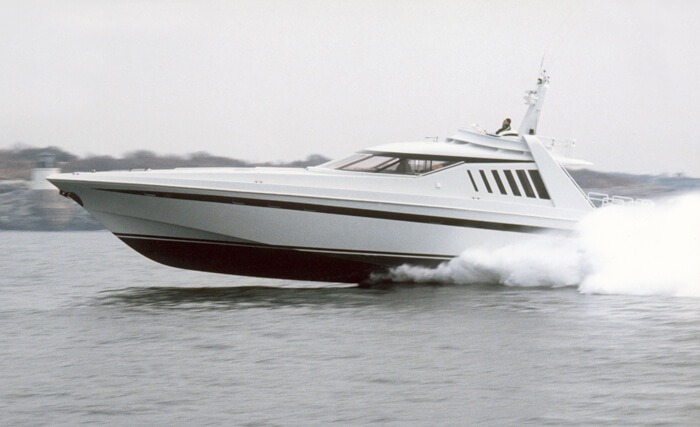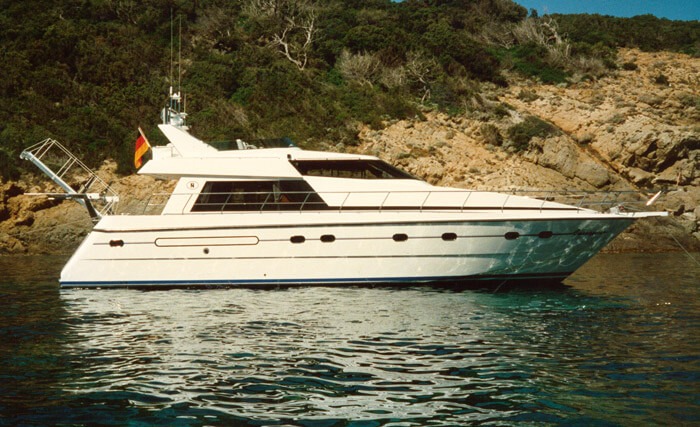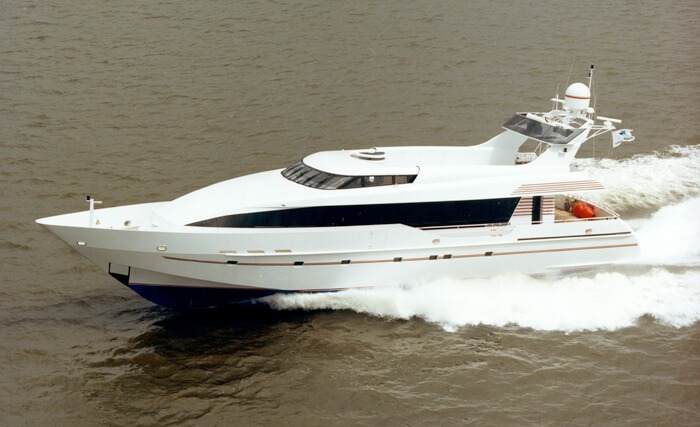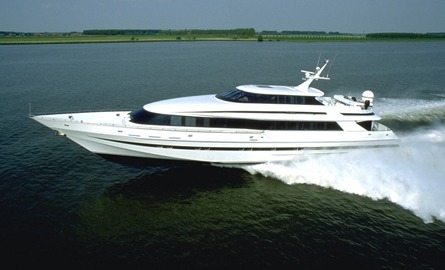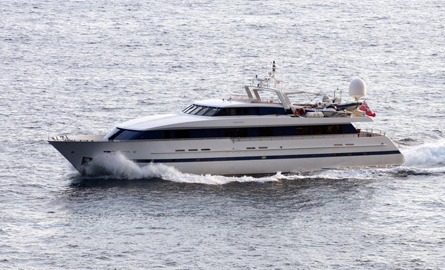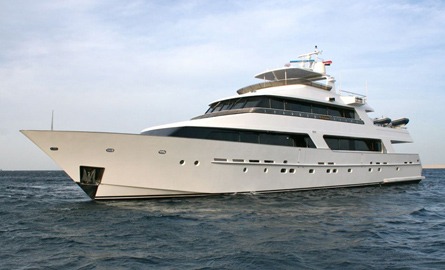The Right Time, Right Place and Right Attitude: looking back on superyacht design
An interview with Frank Mulder
The Dutch studio Mulder Design is known for exterior styling, naval architecture and engineering on memorable motor yachts and offers a full range of services from initial concept design to final sea trials and beyond, including refits. Around 1,000 vessels drawn by Mulder Design have been built. Using a milestone anniversary as a starting point, founder Frank Mulder looks back at 50 years in the marine industry. Not content to just flip through reams of project numbers or a catalogue of photographs, he focused on the evolution of naval architecture and yacht design from his unique perspective.

Q: You didn’t always design the exteriors of your projects, but when you did, was there a conscious style or a design philosophy?
FM: With Tropic C (1986), the goal was to break from the boxy look. We followed that with Wheels and an unbroken window line. We didn’t do Octopussy’s exterior, the late Gerhard Gilgenast did that, but there were similarities. Moonraker and Dillinger were ours and we carried forward the idea of striping and smooth styling. I don’t know where I got it, but I wanted the design to look organic and that’s why I wrapped the radar arches downward around the upper deck. That’s when we started working in 3D, which is a bit like working in clay.
In 1994 we moved on with Blue Velvet. I really liked the shape of the superstructure, but we changed the windows from a band to individual rounded shapes. That boat is 25 years old now and remains unchanged because people like it. With Blowzy (1998), we kept the oval apertures for the window areas but the windows themselves are square. I liked the Blowzy project (47m) as it was quite challenging. The yacht needed to achieve high speed but also have long range at displacement speed.

Q: When you talk about naval architecture, you talk about designing for the intended mission of the yacht. How does that come into play with style?
FM: Streamlining. Yes, streamlined styling works for fast yachts. I don’t like lots of hassle on the exterior. I like long smooth lines…less is more. What I think is attractive is something real. The 46m steel displacement yacht Two Ladies delivered by Rossi Navi in 2012 is the last yacht I fully created the naval architecture and exterior styling and I provided the final lines on a project now building in Turkey.

Q: Has the advance in materials changed your design process?
FM: Not so much. Design should always be done and completed on paper before someone starts cutting metal or fibreglass. We started into composites with Moonraker launched in 1992 at Norship. We never felt that composites were a risk for yachts that would do over 30 knots, many passenger ferries do that. Carbon fibre is a different thing altogether. I see boats with carbon fibre superstructures, but it is so stiff, so much stiffer than glass reinforced composites, that it's best to do the whole boat out of it. But why? It is many times more expensive and what do you save for it? A couple less support pillars? For regattas, it’s important, but that’s not our market.

Q: A lot has changed over the last 50 years in the tools a yacht designer has available. Does AI have a role in superyacht design?
FM: AI is a computer-driven encyclopedia. Nothing it produces is new, it’s old. It’s interesting to understand how it works, but it is not an inspiration. We have a profession; we are not sketchers. We know how to build a boat.

